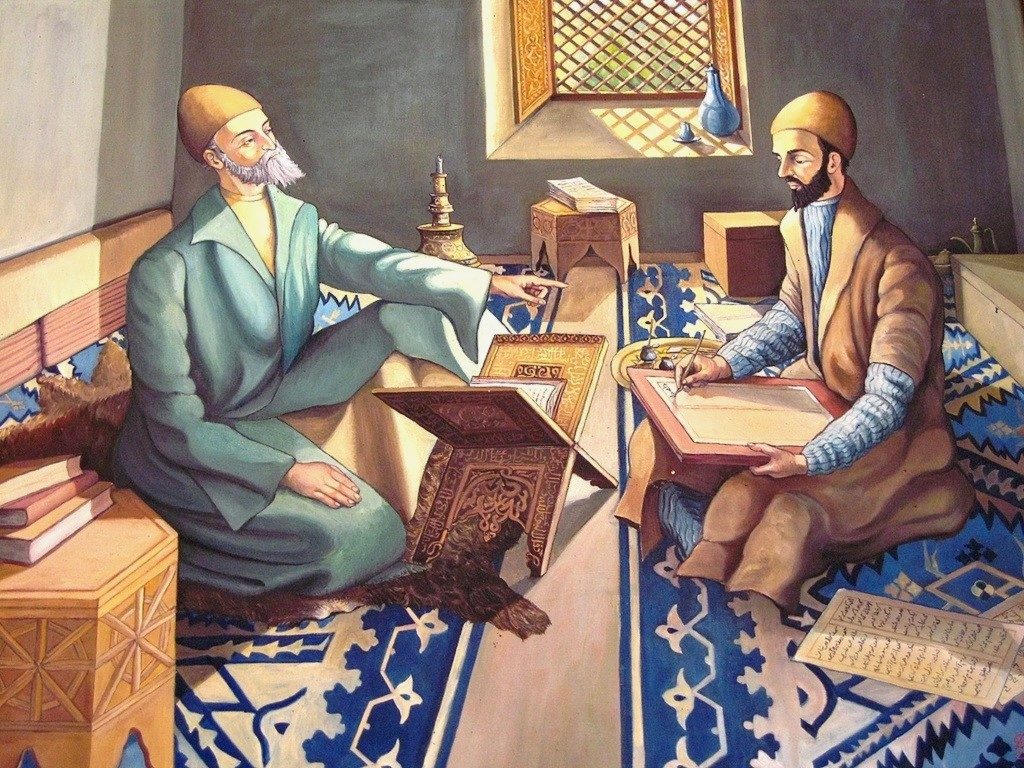Articles
An international seminar about Heritage
Article author: FUNCI
Date of publication of the article: 20110624
Year of publication: 2011
Article theme: Conferences, Cooperation.
12th international seminar forum unesco, university and heritage
5-10 april 2009. Hanoi, Republic of Vietnam
The theme of the 12th International Seminar of Forum UNESCO – University and Heritage (FUUH) is both ambitious and crucial to the future of heritage conservation as well as to the development of communities, cities and civil society at large.
The Historic Urban Landscape (HUL) Concept includes the broader territorial and landscape context and therefore goes far beyond historic centres or ensembles. It both reflects and has helped to shape modern society and consequently proves to be of great value for the understanding of our current way of life. Composed of character-defining elements including land uses and patterns, spatial organization, visual relationships, topography and soils, vegetation, and all elements of the technical infrastructure, including small scale objects and details of construction (curbs, paving, drain gutters, lights, etc.) it is crucial to understand the historic urban landscape before undertaking any contemporary architectural project. The drive for modernization is legitimate but it is critical to reflect first on its impact(s) on the city’s identity and on the communities’ ways of life.
Currently, some 50 % of world citizens live in cities or urban contexts. This figure will continue to rise in coming years. Thus cities are witnessing a unique period of growth that leads to a number of questions: Where will the urban centre be in the future? Where are the historic city’s borders or limits? What is a historic centre? Which history does it refer to?
Similarly, the World Heritage Committee has witnessed over recent years a growing number of problematic situations such as high-rise buildings in or around historic centres inscribed on the World Heritage List or ruptures in the urban fabric due to the construction of ambitious contemporary architecture. Thus, this issue raises other questions, such as:
What is a Historic Urban Landscape (HUL)?
How can contemporary architecture be integrated harmoniously in a Historic Urban Landscape?
What is the history of a Historic Urban Landscape?
Are there limits to contemporary architecture in a Historic Urban Landscape?
If so, what are they?
Where are the limits of a Historic Urban Centre?
What is a meaningful or significant contemporary architecture in a Historic Urban Landscape?
What is meaningless or not significant/insignificant?
How does old and new architecture relate to the cultural identity of a city, a people, a nation?
What is the cultural sustainability of historic centres?
How is conservation related to sustainable development?
What is the impact of contemporary architecture to historic urban landscapes’ authenticity?
Papers dealing with these issues are invited for this 12th international Forum UNESCO seminar. In addition, historic centres and their relations with new urban centres at the periphery need to be investigated. In particular, new centres which local communities recognize as significant in terms of identity should be studied, as well as the rural fringes of urban centres, where the urban meets the agricultural territory and rural cultures. Studies on the impacts of these changes on vernacular architecture are welcome.
The purpose of this Seminar is three-fold:
Primarily, it aims to look at new and innovative ways of integrating contemporary architecture in a sustainable way into an existing context.
Secondly, it wishes to explore new ways in which the process of contemporary architecture is carried out such as using new technologies that will allow visualizing and representing the impact of future buildings in the current context (e.g. 3D virtual reality, image-based modelling, 3D scanning and data capture, image-based rendering, large scale terrain modelling, 3D GIS for urban sites, object and image restoration and modelling, etc., and the latest in virtual and immersive reality for sites; projection technologies; etc). The role of new technologies in assessing the impact of contemporary architecture on an existing context that represents outstanding universal value (OUV) should be explored. How can this impact be identifiied?
Thirdly, it aims to explore the ways in which the urban communities evolve through the transformation of their historic urban landscapes or the synthesis of old and new, appropriating or rejecting contemporary architecture and building a modern identity. It may also explore innovative tools for conservation and education in this domain, especially for given the overriding urgency of achieving sustainable development. To what extent are urban management and policies influential in the transformation of historic urban landscapes? How transportable are planning and architectural models from one culture to another?
Thus abstracts should allow the academic community and World Heritage conservation networks to discover new, innovative ways of integrating contemporary architecture in a historic urban landscape through applied research or projects that will open up a wealth of possibilities not previously explored. These new proposals should aid heritage practitioners in their mission as well as civil society.
Registration: 2009seminar@fuuh.upv.es



